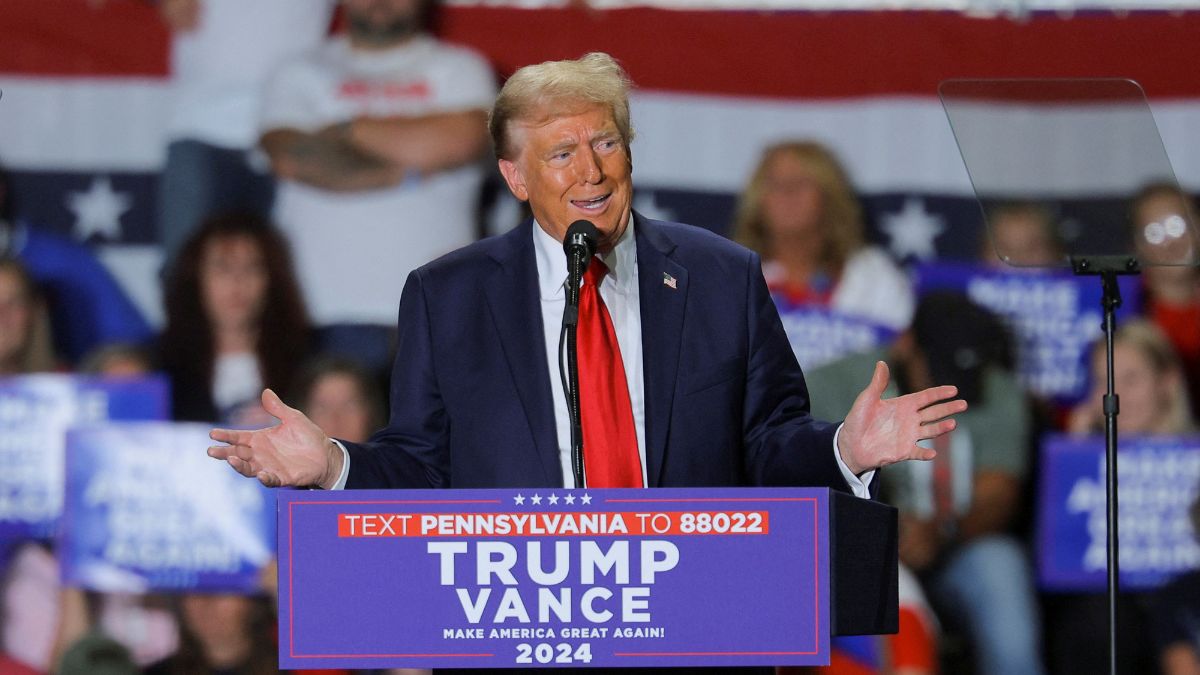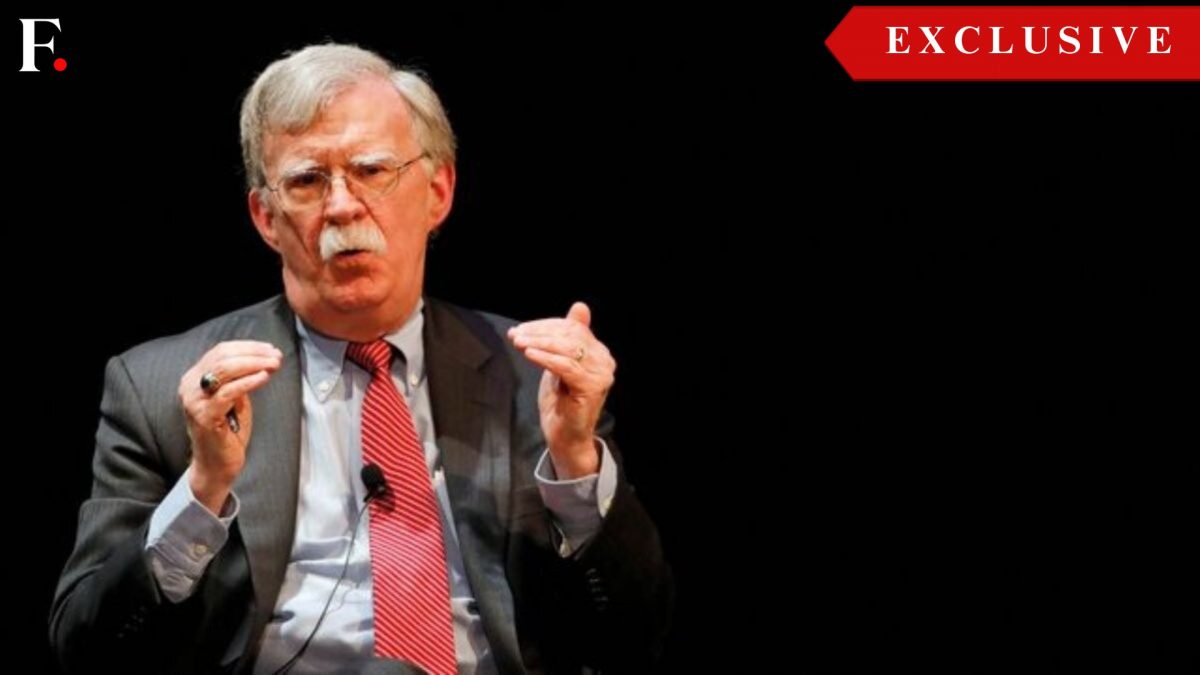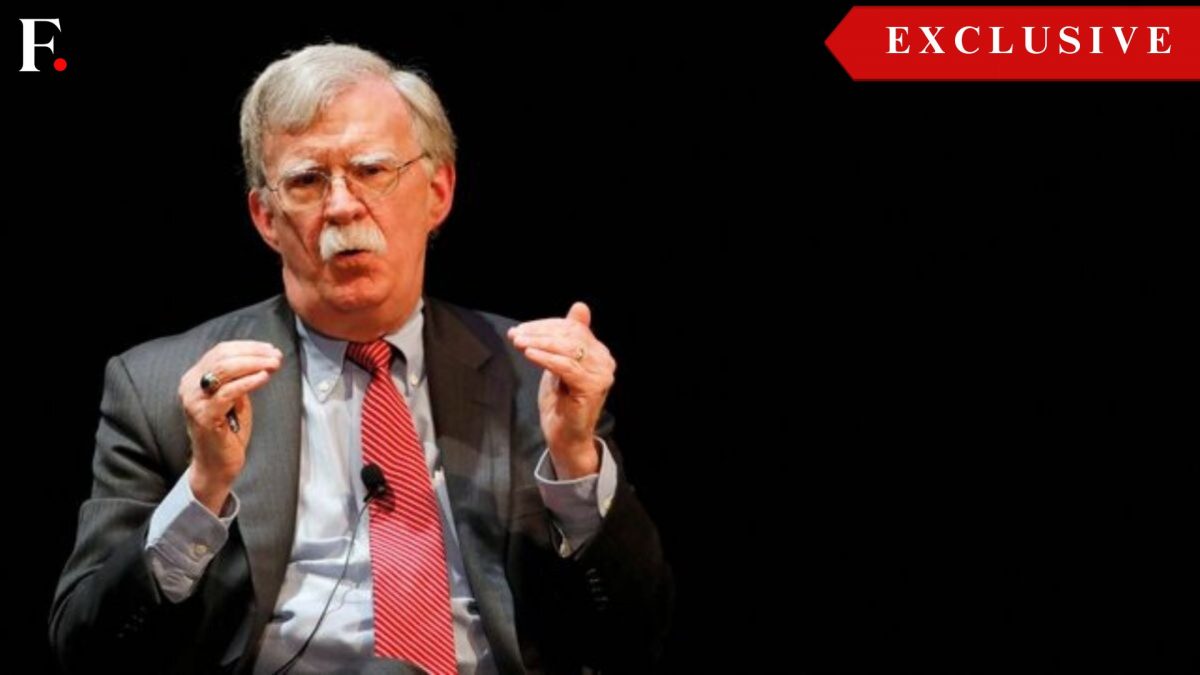When US presidents leave office, most settle into private life, but a few have made notable attempts to return to the Oval Office.
These efforts have highlighted how difficult it is to reclaim America’s highest office once you’ve vacated it. Some former US presidents have run for their old jobs and failed, while only one has succeeded.
Donald Trump’s 2024 campaign places him among this select group of political figures.
Grover Cleveland: The only successful comeback
Grover Cleveland remains the only US president to successfully return to the White House after losing re-election. Cleveland, a Democrat from New York, was first elected in 1884 but lost to Benjamin Harrison in 1888, despite winning the popular vote.
However, in 1892, he was re-nominated and triumphed over Harrison in a decisive victory, reclaiming the presidency. His successful return to the highest office remains a unique feat in American history.
Cleveland’s comeback was driven by dissatisfaction with Harrison’s policies and a lack of viable Democratic successors.
_Follow Firstpost's coverage of the 2024 US presidential election_Cleveland’s second term is remembered for his dedication to fiscal conservatism and resistance to extravagant government spending, earning him a place in history as the only US president to serve two non-consecutive terms.
Ulysses S Grant: A failed bid for a third term
Ulysses S Grant, a Republican, completed two full terms from 1869 to 1877. While he originally declined to run for an unprecedented third term, he reconsidered four years later and sought the Republican nomination in 1880.
Grant led the field during the GOP convention but could not secure the majority needed, losing to James A Garfield on the 36th ballot. At the time, there was no official limit on presidential terms — the two-term rule became law in 1951 with the ratification of the 22nd Amendment.
Grant’s attempt to reclaim the presidency was one of the most drawn-out nomination fights in US political history. His near-success highlighted the fractured nature of the Republican Party at the time, as well as the risks of political comebacks.
Other presidential comeback attempts
Several other former US presidents have made attempts to regain their old positions, but all failed to replicate Cleveland’s success.
Herbert Hoover, who lost to Franklin D Roosevelt in 1932, made behind-the-scenes efforts to regain the Republican nomination in 1936 and an overt bid in 1940.
However, Hoover’s candidacies were overshadowed by stronger contenders, and he never came close to returning to power. In 1940, Hoover received only 17 votes on the first ballot at the GOP convention.
Martin Van Buren sought to return to the presidency in 1848, running as the candidate for the antislavery Free Soil Party.
His campaign garnered around 10 per cent of the popular vote but failed to win any electoral votes, placing him a distant third in the race.
Millard Fillmore, who succeeded Zachary Taylor after his death, ran as the candidate for the American Party, or “Know-Nothing” Party, in 1856.
He secured 21.6 per cent of the popular vote but won only Maryland’s eight electoral votes.
Theodore Roosevelt had perhaps the most dramatic post-presidential campaign. After growing dissatisfied with his hand-picked successor, William Howard Taft, Roosevelt sought the Republican nomination again in 1912 but lost to Taft.
Undeterred, he formed the Progressive, or “Bull Moose,” Party and ran as its candidate. His third-party run was the strongest in US history, earning 27.4 per cent of the popular vote and 88 electoral votes, placing second behind Woodrow Wilson but ahead of Taft.
Post-presidential political careers
Several former US presidents also remained active in politics after leaving the White House, though not necessarily by seeking the presidency again.
John Quincy Adams had one of the most distinguished post-presidential careers. After losing his re-election bid to Andrew Jackson in 1828, Adams ran for a seat in the US House of Representatives in 1831.
He served in Congress for nearly two decades, where he became a leading abolitionist and famously argued the Amistad case before the Supreme Court.
John Tyler returned to politics in the Confederate government after his presidency, serving briefly in the Confederate House of Representatives before his death in 1862.
Andrew Johnson, after surviving his impeachment trial in 1868, unsuccessfully ran for a Senate seat and a House seat.
He finally succeeded in being elected as a senator from Tennessee in 1875, only to die five months into his term.
James Madison and James Monroe both served as delegates to the 1829-1830 Virginia Constitutional Convention, with Monroe presiding over the gathering until ill health forced him to step aside.
A balance of power
The path back to the presidency has proven elusive for all but one president. Ronald Reagan, after securing the Republican nomination in 1980, briefly considered selecting former President Gerald Ford as his running mate.
However, Ford was reportedly hesitant to return to the vice presidency, and Reagan instead chose George HW Bush. Reagan’s decision highlighted the difficult balance of power that former presidents face when considering a return to political office.
As of 2024, Donald Trump’s campaign to return to the White House places him in this small group of former presidents attempting comebacks. Whether Trump will replicate Grover Cleveland’s success remains to be seen.
Also Watch:


)
)
)
)
)
)
)
)
)



